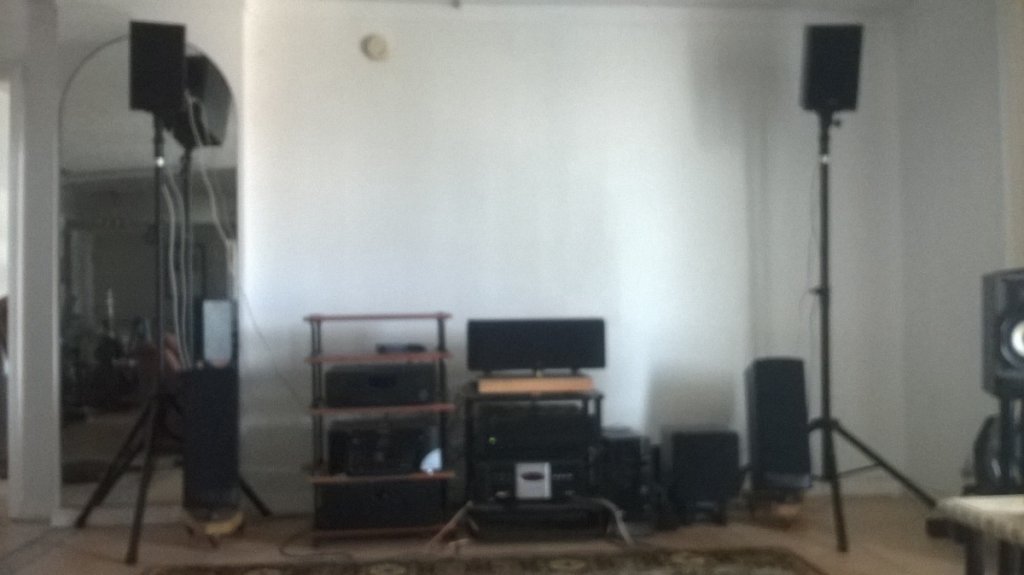At this point in time, is it a bad idea, or simply hopelessly retrograde, or financially foolish, to consider buying high end passive speakers and building amp/s, DACs, turntables, etc... (to say nothing of expensive cables and wires) around such speakers? Another way of asking the question: are powered speakers the right way to go if one is planning on building a long-term retirement system? A third way of saying it: in five years will powered speakers totally dominate the audio industry? I am asking everyone I know or can ask because I don't want to make stupid decisions with my cash. Thanks.
Joe, you make a GREAT point. The problem is that it is based on logic. The high end market buys emotionally and then justifies with logic. As for not making stupid decisions I applaud your asking the right question.
If listening to music is your long term goal just go active and be done with it.
If tinkering with electronics is your long term goal go passive. Some people like spending money on gear and just need that special feeling when hooking it up, all good.
I have a 14.1 active system and the way you can customize the sound very easily is using room treatments and power conditioning (what a concept I know) I did one major upgrade in 10 years and that is upgrading to immersive audio.
Could I continue to swap out processors every 3-5 years, sure. Is it worth it? Only if I got a MUCH bigger room like a dedicated theater. Every one of my active speakers is internally biamped. When I added 5 new height channels I just bought 5 additional active speakers. When I added two additional wide channels I just bought 2 new active speakers.
If I didn't use active speakers I would need 28 channels of amplification and miles of speaker wire to biamp each speaker. It still wouldn't sound as good as active. James posted the graph of the passive T vs Active T. You can't replicate the active results just by adding amps, you need the full set of active kit.
